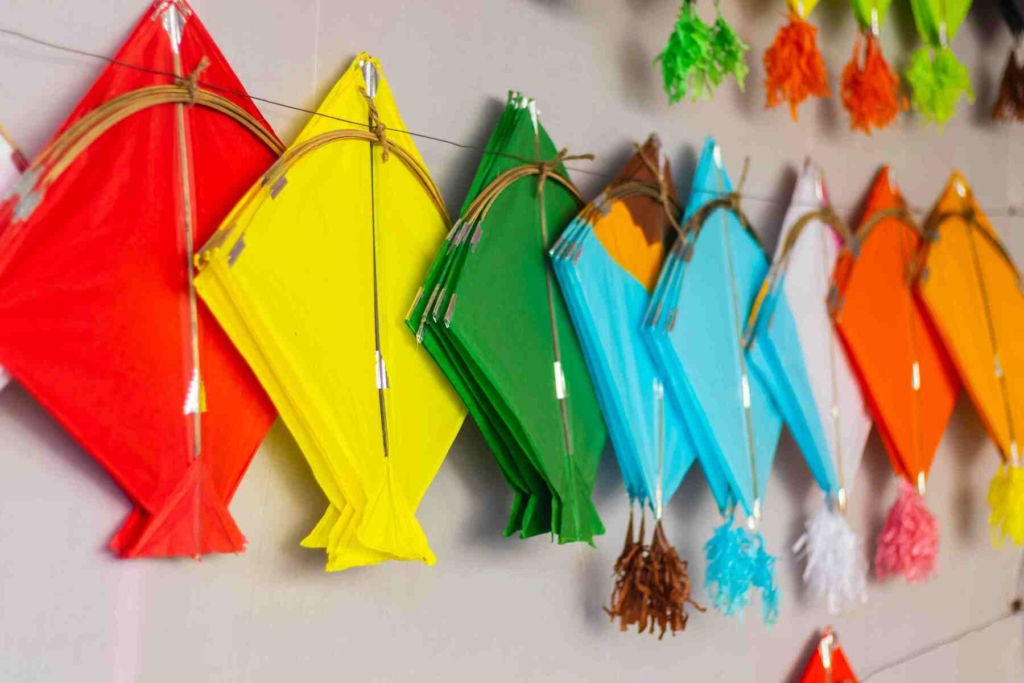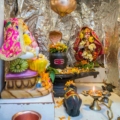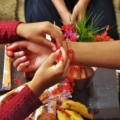Makar Sankranti, celebrated on January 14th every year, marks the transition of the sun into the zodiac sign of Capricorn, symbolizing the end of the winter solstice and the beginning of longer, brighter days. This festival, celebrated with various names across India, is a joyous ode to the harvest season and a vibrant display of regional diversity and unity.
Experience the vibrant tapestry of Makar Sankranti celebrations in India! From Lohri in Punjab to Poush Sankranti in West Bengal and Pongal in Tamil Nadu, this festival marks the transition to brighter days with unique regional festivities. Join the joyous kite-flying battles, savour traditional dishes made from freshly harvested crops, and immerse yourself in the warmth of diverse cultural celebrations. Explore India Trails invites you to be part of this authentic Indian experience, where gratitude, renewal, and unity come together in a colourful celebration of the harvest season.

In the northern states, particularly in Punjab and Haryana, it’s called Lohri, a grand celebration around bonfires, dance, and music. Further east, in West Bengal, it transforms into Poush Sankranti, an occasion when people take a dip in the holy Ganges to cleanse their sins. In the southern state of Tamil Nadu, it’s Pongal, a four-day fiesta dedicated to the Sun God.
What ties these celebrations together is the spirit of gratitude and the theme of renewal. The day is synonymous with colourful kites taking to the skies, symbolizing a new start. Families gather on terraces and open fields to engage in friendly kite-flying battles, filling the air with laughter and cheers.
Makar Sankranti is also synonymous with delectable traditional dishes made from freshly harvested crops like sesame seeds, jaggery, and various grains. This festival is a perfect time for travellers to experience India’s agricultural heritage, culinary delights, and the warmth of its people. It’s an invitation to be part of a truly authentic Indian celebration, where each state puts its unique spin on a shared cultural thread, welcoming visitors with open arms to join in the festivities.


